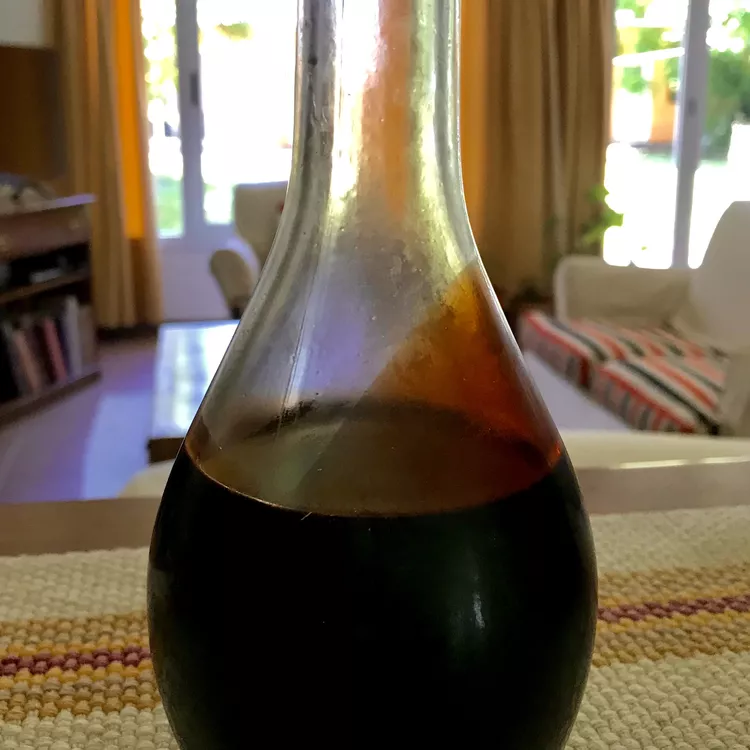Introduction to Balsamic Vinegar
Balsamic vinegar is more than just a condiment; it’s a culinary treasure that adds depth and elegance to dishes. With its rich, complex flavor profile, balsamic can transform the simplest of meals into gourmet experiences. Whether drizzled over fresh salads or used in marinades, this versatile ingredient deserves a place in every kitchen.
But what makes balsamic vinegar so special? Its origins are steeped in tradition, and its variety offers something for everyone. Join us as we embark on an exploration of balsamic vinegar—from its fascinating history to creative ways you can use it to elevate your cooking game. Get ready to unlock the secrets behind this beloved ingredient!
The History and Origins of Balsamic Vinegar
Balsamic vinegar has a rich history deeply rooted in Italy, particularly in the region of Modena. Its origins date back to the Middle Ages when families began crafting vinegars from local grape must. This process created a uniquely sweet and tangy flavor profile.
The traditional method involves aging the vinegar in wooden barrels for many years. The longer it ages, the richer and more complex its taste becomes. This artisanal technique was closely guarded by families who considered their balsmic recipes sacred.
By the 18th century, balsmic vinegar gained recognition among nobility. It became a coveted gift, representing luxury and refinement. Today, authentic Balsamico Tradizionale di Modena is still produced using these time-honored methods, ensuring that each drop tells a story as rich as its flavor.
Types of Balsamic Vinegar
Balsamic vinegar comes in a variety of styles, each with its own unique flavor profile. The most renowned is Traditional Balsamic Vinegar from Modena. It’s aged for a minimum of 12 years and boasts complex notes that are both sweet and tangy.
Then, there’s IGP Balsamc Vinegar. This version has a shorter aging process but still offers rich flavors derived from high-quality grapes. It’s more accessible, making it popular among home cooks.
For those seeking versatility, you’ll find commercial balsmics on grocery shelves. These often contain added sugars and flavorings, providing an approachable taste for everyday use.
Consider flavored balsamics infused with fruits or herbs. They add an exciting twist to salads and marinades, perfect for adventurous palates looking to experiment in the kitchen.
How Balsamic Vinegar is Made
Balsamic vinegar is crafted through a meticulous process that balances tradition and craftsmanship. It begins with fresh, high-quality grapes, typically Trebbiano or Lambrusco. The juice is extracted and cooked down to create a concentrated must.
This must undergoes fermentation, where natural yeasts convert sugars into alcohol. Over time, acetic acid bacteria transform the alcohol into vinegar.
What sets balsmic apart is its aging process. The vinegar is poured into wooden barrels made from different types of wood—each contributing unique flavors over the years. This aging can last anywhere from 12 years to several decades for traditional varieties.
As it ages, evaporation occurs, concentrating the flavors further while developing its signature sweetness and complexity. Each barrel produces distinct characteristics influenced by temperature variations and humidity in the storage environment—a testament to nature’s role in this culinary masterpiece.
Tasting and Pairing Suggestions
Balsamic vinegar offers a delightful complexity that can elevate any dish. When tasting, focus on its sweet and tangy notes. A high-quality balsmic should have a thick consistency and rich flavor profile.
Pair it with fresh fruits like strawberries or peaches for an unexpected twist. Drizzle over salads featuring arugula or spinach to enhance their earthiness.
For cheese lovers, try ballsamic with aged Parmigiano-Reggiano or creamy goat cheese. The contrast creates a harmonious balance of flavors.
Want to experiment? Use it in marinades for meats such as chicken or pork, adding depth to your grilling game. It also complements roasted vegetables beautifully, enriching their natural sweetness.
Don’t forget dessert! A splash of balsamic over vanilla ice cream brings out new layers of taste you didn’t know existed.
Creative Uses for Balsamic Vinegar in Cooking
Balsamic vinegar isn’t just for drizzling over salads. Its versatility in the kitchen opens up a world of creative culinary possibilities.
Try adding it to marinades for meats. The tangy sweetness complements chicken, beef, and even fish beautifully. A splash can elevate your grilling game.
For a unique dessert, consider balsamic strawberries. Toss fresh berries with drizzle of ballsamic and let them macerate. This transforms the fruit into a delightful topping for ice cream or yogurt.
Experimenting with reductions can add depth to your sauces too. Simmering balsamiic until it thickens creates a rich glaze perfect for drizzling over roasted vegetables or cheese plates.
Don’t overlook its use in beverages! Balssamic can enhance cocktails when mixed carefully with spirits like gin or whiskey, offering an unexpected twist that tantalizes taste buds.
Conclusion: Elevate Your Culinary Skills with Balsamic Vinegar
Balsamic vinegar is more than just a condiment; it’s an essential element that can transform your dishes and elevate your culinary repertoire. With its rich history and diverse flavor profiles, balsamic vinegar offers endless possibilities for both everyday cooking and gourmet creations.
Experimenting with different types of balsamic can lead to exciting discoveries in taste. Whether you prefer the traditional aged varieties or the more accessible commercial options, there’s a balsaamic for every palate. The art of making it has been perfected over centuries, giving it a unique character that enhances any meal.
As you explore various tasting notes and pairing suggestions, you’ll find that this versatile ingredient works beautifully with everything from salads to desserts. Don’t shy away from trying creative uses in your cooking—add it to marinades, drizzles over roasted vegetables, or even stir into sauces for added depth.
Embrace the world of balsamiic vinegar; let it inspire you in your kitchen adventures. Its complex flavors invite creativity while enhancing simple ingredients into something truly remarkable. Start incorporating this delightful staple into your meals today and watch as your culinary skills reach new heights.





